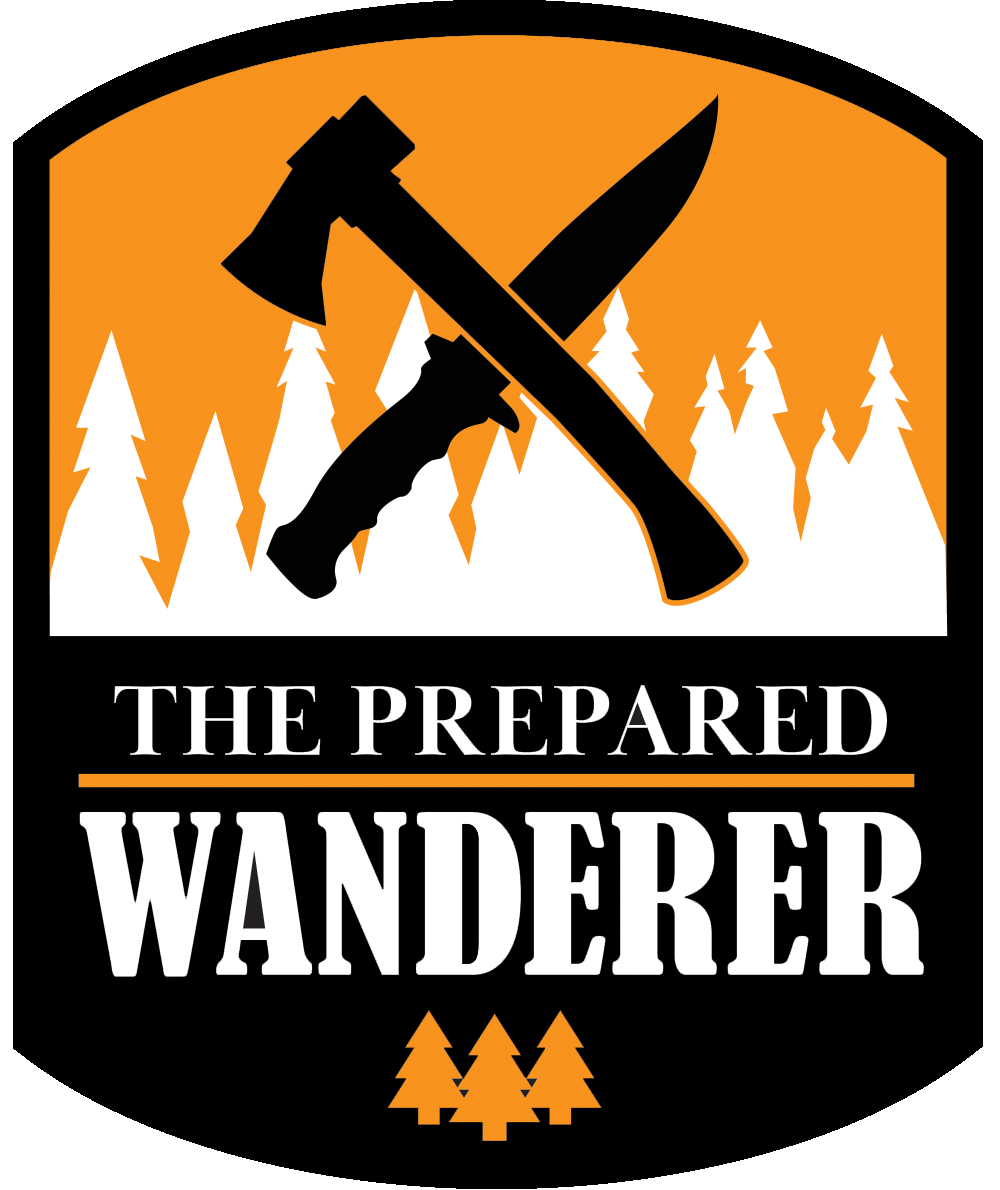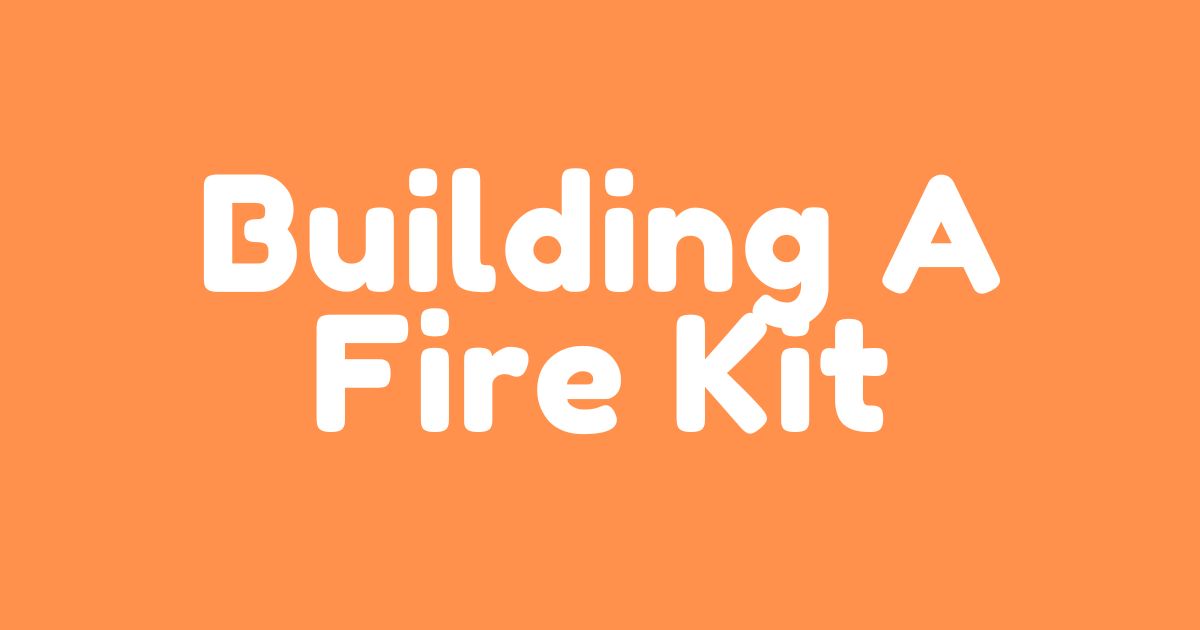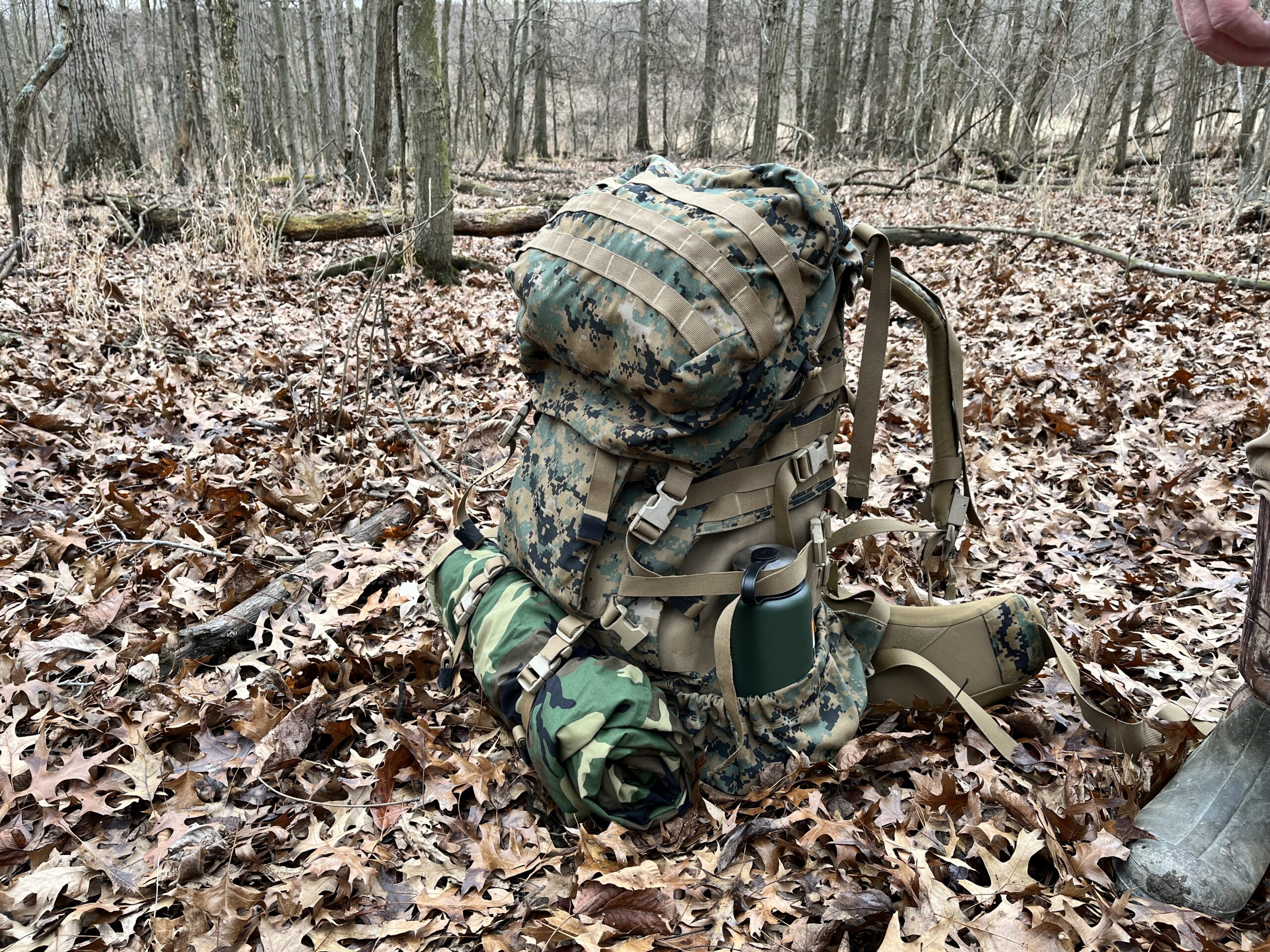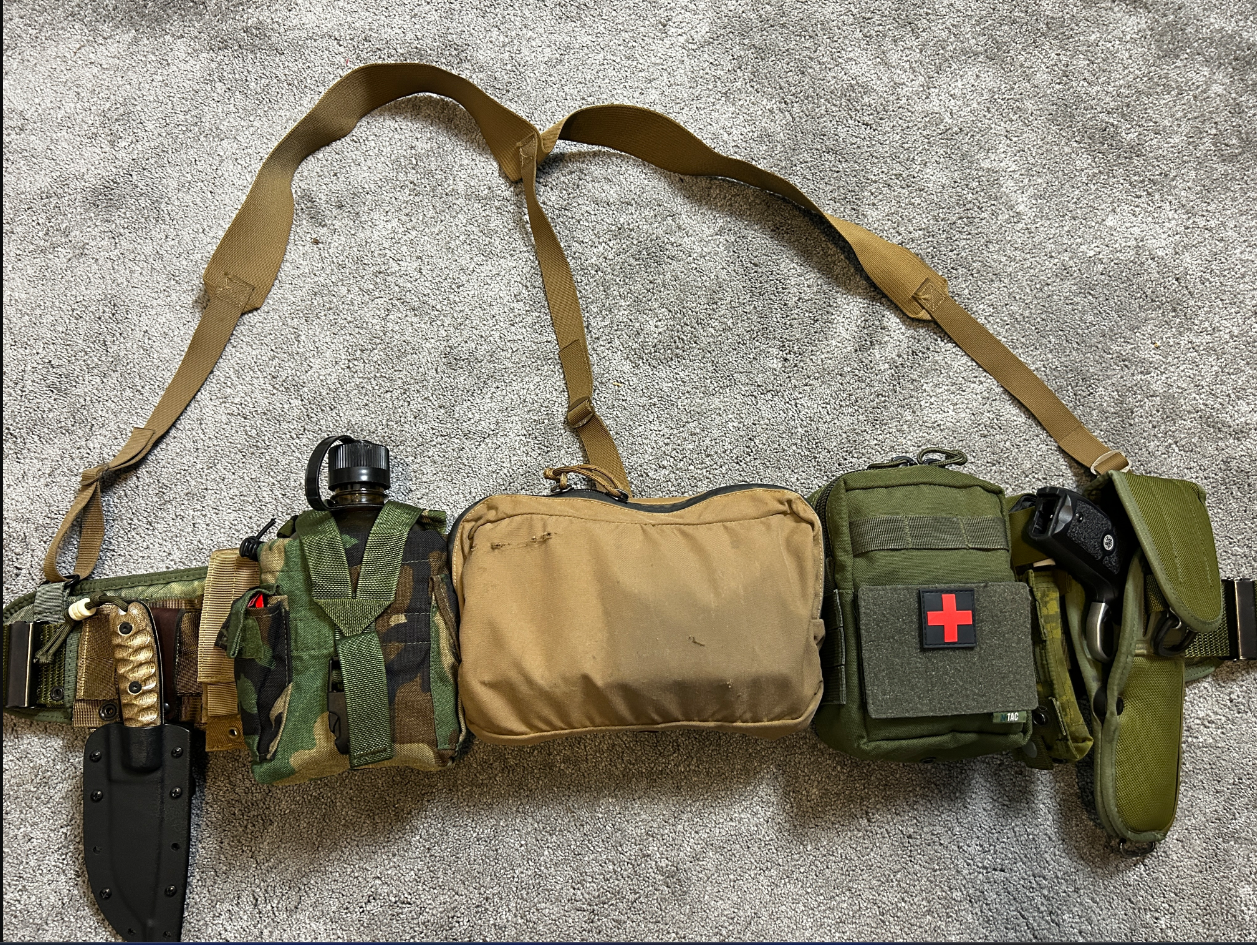Starting a fire can be a real challenge, especially when you’re out in the wilderness. Did you know that having a well-equipped fire kit can make this task significantly easier? This article will guide you through the process of building your own fire kit specifically designed for bushcraft needs.
Ready to ignite your outdoor survival skills? Let’s get started!
Key Takeaways
- Having a well – equipped fire kit is crucial for bushcraft as it provides the necessary tools and resources to start a fire in outdoor survival situations, which is essential for warmth, cooking, and signaling for help.
- The essential components of a fire kit include various tinder options such as cotton balls soaked in petroleum jelly, dryer lint, and char cloth. Ignition sources like matches, lighters, ferro rods, and sparklers are crucial for starting the fire. Fire accelerants such as fire paste, fire gel, and fatwood sticks can help sustain and amplify the flames. Lastly, having waterproof containers or tins to store all these components is important in ensuring their functionality during outdoor survival situations.
- Assembling a DIY fire kit involves steps like choosing tinder options, selecting ignition sources, including fire accelerants, finding a suitable container for the kit while organizing and compacting it for easy transport. It’s also important to customize the kit based on personal bushcraft needs.
Importance of Having a Fire Kit for Bushcraft
Having a reliable fire kit is crucial for bushcraft as it provides the necessary tools and resources to start a fire in outdoor survival situations, which is essential for warmth, cooking, and signaling for help.
The need for reliable fire starting methods in outdoor survival situations
Having a reliable method to start a fire in outdoor survival situations is crucial. It acts as a lifeline, providing warmth, purifying water, cooking food, and signaling for help if lost or stranded.
Exposure to extreme cold can lead to hypothermia; hence the importance of creating heat cannot be overstated. Fire also helps ward off predators and insects that could pose potential danger in the wilderness.
Furthermore, smoke generated from fires can serve as an effective distress signal for rescue parties during emergencies. Even basic tasks like boiling water or cooking meat require fire to eliminate bacteria and parasites that may exist in natural resources during outdoor adventures.
Building a fire for warmth, cooking, and signaling for help
Building a fire is essential in bushcraft for multiple reasons. First, it provides much-needed warmth, especially in cold and harsh outdoor conditions. Second, it allows you to cook food and boil water, ensuring your survival by providing nourishment and preventing the spread of bacteria from uncooked food.
Lastly, a well-built fire can serve as a signal for help if you find yourself lost or in need of rescue.
Essential Components of a Fire Kit
The essential components of a fire kit include various tinder options such as cotton balls soaked in petroleum jelly, dryer lint, and char cloth. Ignition sources like matches, lighters, ferro rods, and sparklers are crucial for starting the fire.
Fire accelerants such as fire paste, fire gel, and fatwood sticks can help sustain and amplify the flames. Lastly, having waterproof containers or tins to store all these components is important in ensuring their functionality during outdoor survival situations.
Tinder options: cotton balls soaked in petroleum jelly, dryer lint, char cloth
Tinder options for your fire kit include:
- Cotton balls soaked in petroleum jelly
- Dryer lint
- Char cloth
Ignition sources: matches, lighters, ferro rods, sparklers
Having the right ignition sources is crucial for starting a fire in bushcraft situations. Here are some options to consider:
- Matches: Reliable and easy to use, waterproof matches are essential for any fire kit.
- Lighters: A reliable and compact option, lighters can provide a quick and easy way to start a fire.
- Ferro rods: These handy tools produce sparks when struck with a metal object and can ignite various tinder materials.
- Sparklers: While often associated with celebrations, sparklers can be used as an emergency fire-starting tool.
Fire accelerants: fire paste, fire gel, fatwood sticks
Fire accelerants, such as fire paste, fire gel, and fatwood sticks, can greatly enhance the ease and efficiency of starting a fire in bushcraft scenarios. These accelerants provide a reliable and long-lasting source of fuel to ignite your tinder and kindling. Here are some options to consider:
- Fire paste: A thick gel-like substance that can be squeezed out of a tube or container, fire paste is easy to apply directly onto your tinder bundle. It burns slowly and steadily, providing a lasting flame to ignite larger fuel.
- Fire gel: Similar to fire paste, fire gel is another gel-like substance that can be spread onto your tinder or kindling. It is lightweight and compact, making it a great option for backpackers or those with limited space in their fire kit.
- Fatwood sticks: Derived from the resin-rich heartwood of pine trees, fatwood sticks are naturally saturated with flammable oils. They are easy to light with a spark or flame and burn hot and steady, making them an excellent natural accelerant.
Fire containers: waterproof containers, tins, Altoids tins
Fire containers are an essential component of a fire kit for bushcraft. They help keep your fire-starting materials dry and protected. Some options for fire containers include:
- Waterproof containers: These are designed to keep moisture out, ensuring that your tinder and ignition sources stay dry even in wet conditions.
- Tins: Small metal tins, like Altoids tins, can be repurposed as fire containers. They are compact and durable, making them ideal for storing your fire kit.
DIY Fire Kit Assembly
Learn how to assemble your own fire kit step-by-step, including tips for organizing and customizing it to fit your personal bushcraft needs. Don’t miss out on this essential guide for building the ultimate fire kit!
Step-by-step instructions for assembling a fire kit
Assembling a fire kit for bushcraft is essential for outdoor survival. Follow these simple steps to create your own ultimate DIY fire kit:
- Choose your tinder options: cotton balls soaked in petroleum jelly, dryer lint, or char cloth.
- Select your ignition source: matches, lighters, ferro rods, or sparklers.
- Include fire accelerants such as fire paste, fire gel, or fatwood sticks.
- Find a suitable container for your fire kit like waterproof containers or tins.
- Organize and compact the kit for easy transport and accessibility.
- Customize the kit to fit your personal bushcraft needs.
Tips for organizing and compacting the kit for easy transport
Organizing and compacting your fire kit is essential for easy transport during your bushcraft adventures. First, consider using a waterproof container or tin to keep all your fire-starting tools and tinder in one place.
This will protect them from moisture and ensure they stay dry when you need them most. Next, arrange the items in a logical order, placing larger items at the bottom and smaller ones on top.
Use ziplock bags or small containers to separate different types of tinder and fire accelerants. Finally, pack the kit tightly to avoid any unnecessary movement that could cause damage or spills during transportation.
Options for customizing the kit to fit personal bushcraft needs
Customizing your fire kit is essential for ensuring it meets your specific bushcraft needs. Consider the environment and conditions you will be venturing into, as well as your skill level and personal preferences.
Start by selecting tinder options that work best for you, such as cotton balls soaked in petroleum jelly or char cloth. Next, choose ignition sources like matches, lighters, or ferro rods based on your comfort and convenience.
Additionally, consider including fire accelerants such as fire paste or fatwood sticks if they align with your requirements. Finally, select a suitable fire container that keeps everything dry and organized during outdoor adventures.
Maintaining and Upgrading Your Fire Kit
Regularly check and replenish supplies in your fire kit, upgrade to higher quality or more efficient fire starting tools, practice and train to improve fire starting skills and techniques, and store the kit in a dry and accessible location for emergencies.
Regularly checking and replenishing supplies in the kit
Regularly checking and replenishing supplies in the kit is essential for ensuring that your fire kit is always ready for use in a bushcraft situation. Here are some key items to regularly inspect and replace as needed:
- Matches: Check that they are not soggy or damaged, and replace any that are. It’s also a good idea to keep them in a waterproof container.
- Lighters: Ensure they have fuel and a working spark, replacing any that are empty or faulty.
- Tinder: Check that your tinder options such as cotton balls soaked in petroleum jelly, dryer lint, or char cloth are dry and in good condition. Replace any damp or depleted tinder.
- Ignition sources: Inspect your ferro rod, flint striker, or other ignition sources for wear and tear. Replace if necessary.
- Fire accelerants: If you have fire paste, fire gel, or fatwood sticks in your kit, make sure they haven’t expired or dried out. Replace if needed.
- Fire containers: Examine the waterproof container or tin holding your fire kit to ensure it is intact and keeping its contents dry. Replace if damaged.
Upgrading to higher quality or more efficient fire starting tools
To improve your fire-starting skills and increase your chances of success in the wilderness, consider upgrading to higher quality or more efficient fire starting tools. Upgrading your tools can make a significant difference when it comes to starting a fire quickly and efficiently.
Look for reliable ignition sources such as waterproof matches or windproof lighters that are designed specifically for outdoor use. Invest in a high-quality ferro rod or flint striker, which produce intense sparks even in wet conditions.
Additionally, upgrade your tinder options by using specially made fire starters like fatwood sticks or char cloth, which ignite easily and burn longer than traditional materials like cotton balls soaked in petroleum jelly.
Practice and training to improve fire starting skills and techniques
Regular practice and training are crucial for improving fire starting skills and techniques in bushcraft. By consistently practicing, individuals can become more efficient at using different ignition sources such as matches, lighters, or ferro rods.
They can also master the art of finding and preparing various kinds of tinder like cotton balls soaked in petroleum jelly or char cloth. Through practice, one can develop the ability to identify suitable fire accelerants like fire paste or fatwood sticks that help sustain a fire.
Training sessions allow for experimentation with customizing their fire kits to suit personal bushcraft needs and learning new methods for starting fires efficiently. With continued practice and training, individuals can build confidence in their abilities to start fires in different weather conditions and improve their overall survival skills in the wilderness.
Storing the fire kit in a dry and accessible location for emergencies
Store your fire kit in a dry and easily accessible location, ensuring that it is ready for emergencies. Keeping the kit dry helps maintain the integrity of the materials and ensures reliable ignition when you need it most.
An easily accessible location allows you to quickly grab your fire kit whenever you find yourself in a survival situation. Whether it’s stored in a waterproof container or tucked into your bug out bag, make sure your fire kit is readily available for any outdoor adventure or emergency scenario.
Conclusion
In conclusion, building a fire kit for bushcraft is an essential step in preparing for outdoor survival situations. By including the necessary components such as tinder options, ignition sources, and fire accelerants, individuals can ensure they have the tools needed to start a reliable fire.
Regular maintenance and upgrades to the kit will further enhance fire starting skills and increase chances of success in the wilderness. Remember to store your fire kit in a dry and accessible location for emergencies.
Stay prepared and stay safe!






Leave a Reply